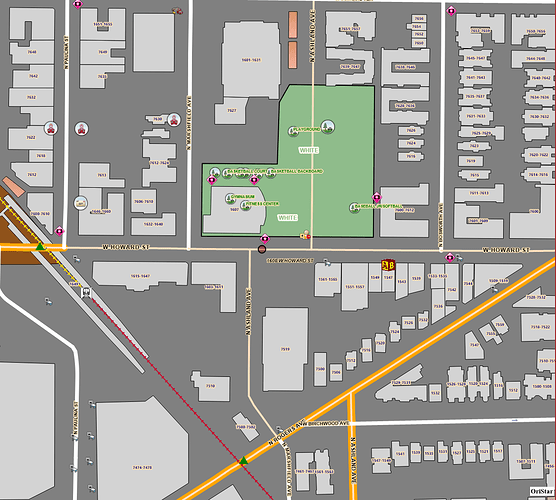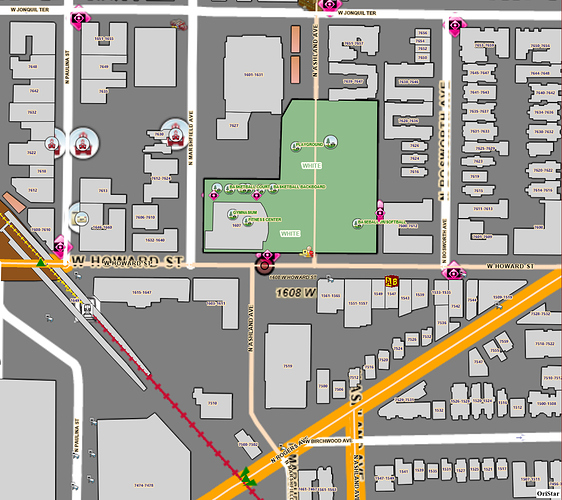hi Jack,
I’ve been working with two other of my applications where I have been able to reproduce the ‘flash’ upon Zoom.
The first application is used to list in DataGrid’s Shape, SQLite, and GeoDatabase feature layers and by user selection view selected layers within the map. It is much simpler than my full-blown user production application. Originally, this application did not exhibit the ‘flash’. From working on my user application I learned that this ‘flash’ is caused when an application has multiple LayerOverlay’s. So what I did to my viewer application is simply add a second LayerOverlay, and presto, the ‘flash’ exhibits itself.
The second application is incredibly simple. So I proceeded to add a second LayerOverlay to it, but, alas, there was no ‘flash’ that exhibited itself. This application was pretty old and only used NuGet package “ThinkGeo.UI.Wpf” Version=“13.0.0-beta048”. So I decided to simply upgrade it to use “ThinkGeo.UI.Wpf” Version=“13.0.0-beta224”, and, presto, the ‘flash’ now exhibits itself.
All three of these applications are .NET Core. Two are V3.1 and the simple one is V3.0.
I am now totally convinced that this is not caused by any of my applications.
I will work on providing the incredibly simple application for you and will email you a DropBox link.
Another interesting tidbit is in my full-blown user application I added some code that sets each of the secondary LayerOverlay property IsVisible to False. Once set to False the ‘flash’ no longer exhibits itself.
Another interesting tidbit is that the ‘flash’ exhibits itself after the OverlaysDrawn event has occurred, which is the last code invoked in my user application…
I’ve also removed all of your suggested Stretched related code.
Regards,
Dennis



